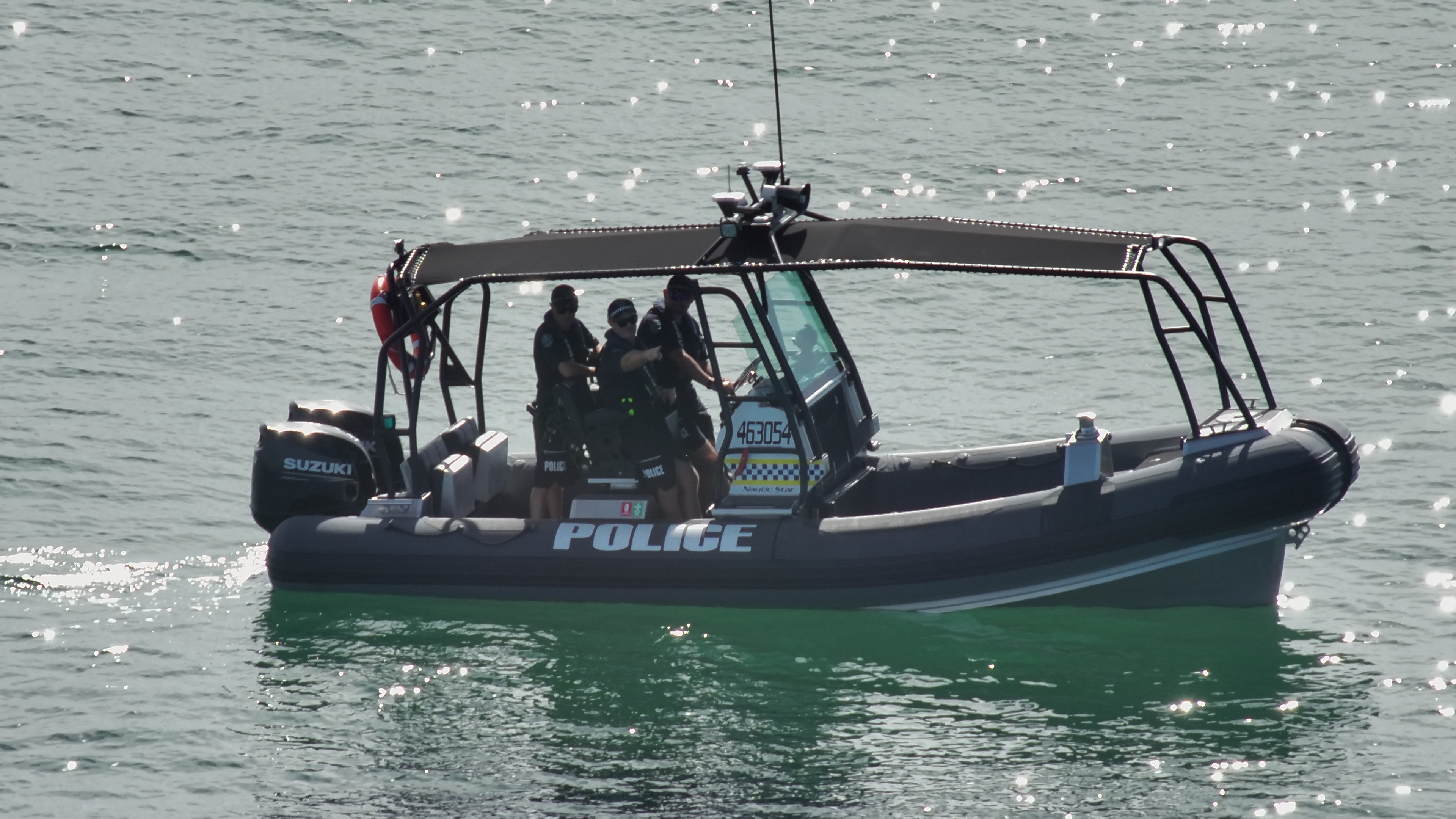The Battle of Romani was a pivotal mounted and infantry victory by the Allies in the First World War. 105 years on, Australia reflects on this significant battle that marked the end of the German and Ottoman campaign to capture the Suez Canal.
Minister for Veterans’ Affairs and Defence Personnel Andrew Gee said the Battle of Romani stopped the enemy advance across the Sinai Desert toward the vital waterway and global trading artery of the Suez Canal.
“In July 1916, Turkish forces were discovered in large numbers, some 12,000-14,000 troops, heading towards Romani, and it became clear an attack on the British main position near the Suez Canal was intended,” Minister Gee said.
“The threat to the Suez Canal was significant, and had the Turkish forces taken control, this vital wartime trade route could have been lost and the consequences across the globe would have been considerable.”
Major General Harry Chauvel, commander of the Anzac Mounted Division, strategically placed the 1st Australian Light Horse Brigade across a five kilometre area south of the main frontline at Romani.
“Major General Chauvel proved himself as an outstanding strategist and leader of mounted troops of his era,” Minister Gee said.
“Late on 3 August, Turkish forces encountered the Australian outpost and soon after midnight some 8,000 Turkish troops attacked around 500 Australian light horsemen.”
The Australians fell back under the sheer weight of the enemy pressure, fighting determinedly in the pre-dawn hours. Once dawn broke, the 2nd Brigade was brought in, followed by New Zealand and British troops ordered forward from reserve positions to attack the enemy.
“By 5 August the Turkish forces began to retreat. Romani was held and the threat to the Suez Canal had been eliminated,” Minister Gee said.
“General Sir Archibald Murray, British Commander in the Middle East lavished praise on the Anzac Mounted Division, writing:
“Every day they show what an indispensable part of my forces they are…
…I cannot speak too highly of the gallantry, steadfastness and untiring energy shown by this fine division throughout the operations….
These Anzac troops are the keystone of the defence of Egypt.”
The battle has been widely acknowledged as a strategic victory and marked the end of the land campaign against the Suez Canal.
“In total, more than 600 Australian light horsemen made up the larger part of the 1,100 Allied casualties incurred,” Minister Gee said.
“104 Australians were killed, and 32 soldiers later died from their wounds.
“We must always remember the selfless service and sacrifice of the Australians who fought so bravely in this battle, defying all odds and working closely with Allied troops to ensure the protection of Romani and the Suez Canal.”
You can find out more about the role of the Australian Light Horse in the First World War on the Department of Veterans’ Affairs Anzac Portal.








